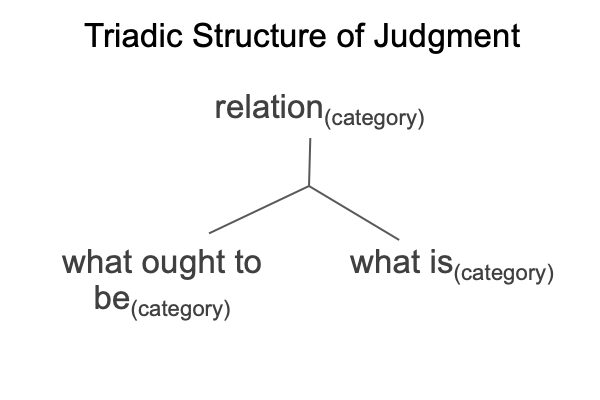0053 What does Domning have to say about the evolution of self?
Chapter eight is called, “Evolution and human behavior”.
0054 Richard Dawkins writes a book, titled The Selfish Gene, where the organism is reduced to gene expression. A living creature’s diverse features are really I-myselves of a self, composed of chromosomes (and its package, the cell).
Here, Dawkins projects the human term, “selfish”, which means, “to be preoccupied with one’s self”, onto an organism’s DNA, so that the organism itself is merely phenomena of a genetic noumenon.
Dawkin’s analogy is both counterintuitive and entertaining. It gives rise to a competition to demonstrate one’s intellectual prowess by reading and discussing its quackery with other self-identified “public intellectuals”, thereby joining highly educated elites who disdain the morons who have no interest in such postmodern wizardry.
0055 But hey, isn’t the term, “original selfishness”, also a projection?
Well, yes, imitation is the highest form of flattery.
0056 However, unlike the selfish gene, the selfish organism manifests psychological traits that express I, myself (A). Thus, original selfishness (pre-A) can be explicitly defined and used as a model for behavioral traits.
So, Domning has that going for him.
0057 Of course, the problem is that the term, selfish (C), introduces a moral seed that blossoms when the adjective becomes the noun, selfishness (D). Morals imply judgments. Animals make judgments, but they do not make moral judgments.
Really, animals perform judgments. Humans deliberate judgments. Both make judgments. But, the former does not dwell on the triadic structure of judgment. The latter does.
0058 What exactly is a judgment?
A judgment is a triadic structure with three elements, relation, what is, and what ought to be. A judgment brings what ought to be into relation with what is. When Peirce’s categories are assigned to each element, the judgment becomes actionable. Otherwise, the judgment is contemplative. An actionable judgment unfolds into a category-based nested form.
Here is a picture.

